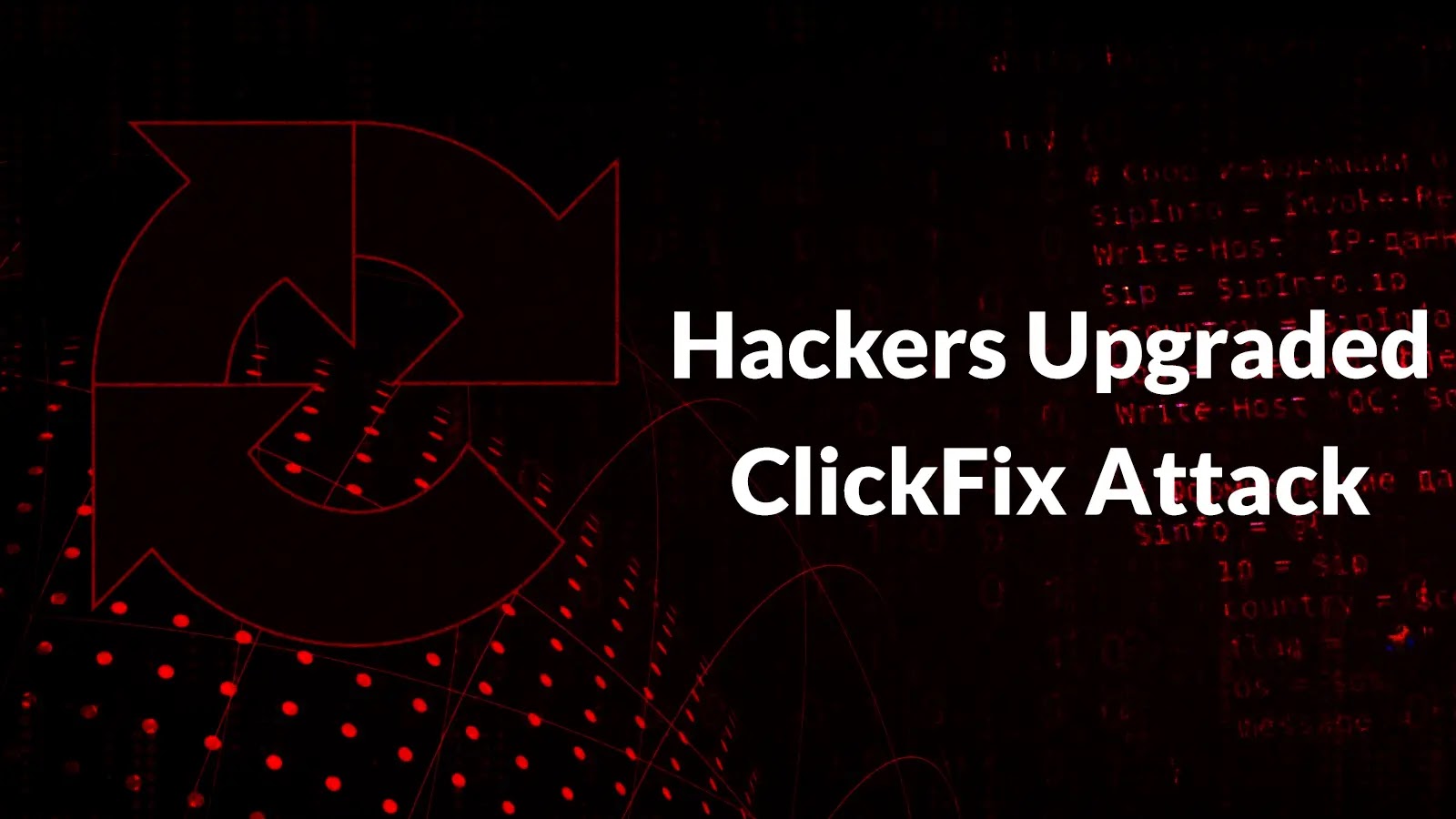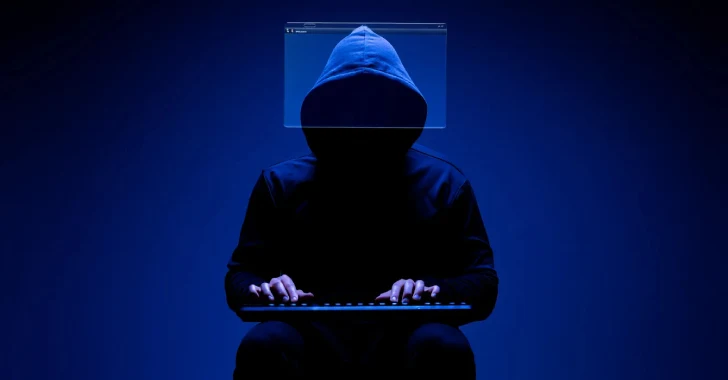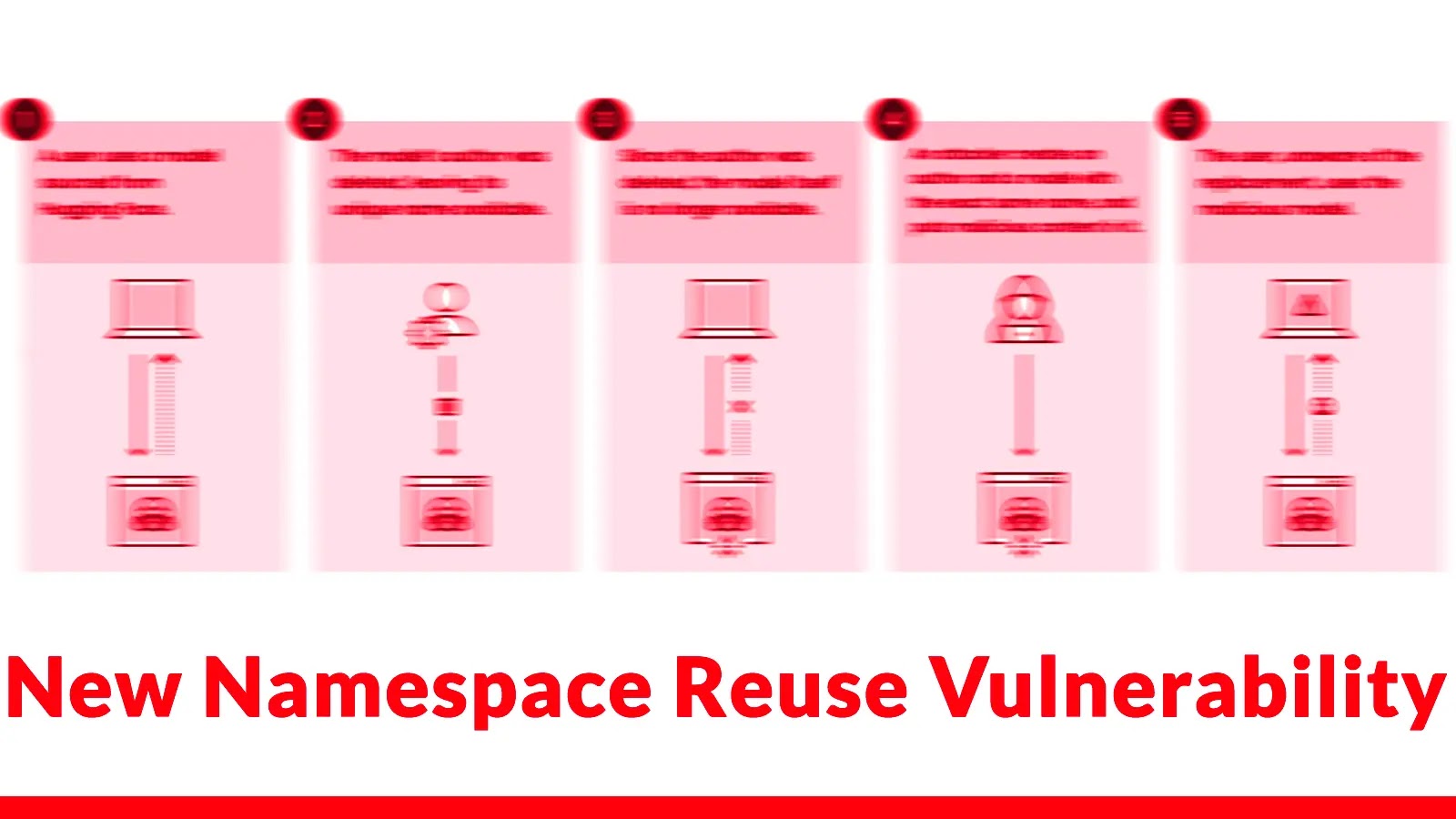Cybersecurity researchers have identified a sophisticated evolution in the ClickFix attack methodology, where threat actors are now utilizing cache smuggling techniques to evade traditional file download detection mechanisms. This advanced campaign specifically targets enterprise networks by masquerading as a Fortinet VPN compliance checking tool, exploiting the trust organizations place in their remote access infrastructure.
The malicious webpage, hosted on the domain fc-checker[.]dlccdn[.]com, presents itself as a legitimate corporate security utility designed to verify VPN compliance across enterprise environments. This approach marks a significant departure from conventional ClickFix variants that typically rely on direct file downloads or explicit internet communication. Instead, attackers have developed a method that preemptively stores malicious payloads within the browser’s cache system, effectively bypassing many security controls that monitor file downloads and network communications.
Expel analysts have noted that this technique demonstrates a concerning advancement in social engineering tactics, particularly as it targets Fortinet VPN clients predominantly used by enterprises for secure remote access. What makes this campaign particularly dangerous is its ability to appear as though users are executing files already present on their corporate network. The webpage displays a text box containing what appears to be a standard network file path: \\Public\Support\VPN\ForticlientCompliance.exe. However, beneath this veneer of legitimacy lies a complex PowerShell payload designed to extract and execute malicious code from the browser’s cache without establishing any external network connections.
The Hidden Payload Delivery Mechanism
The technical sophistication of this attack centers around its cache smuggling implementation, which represents a novel approach to payload delivery. When users interact with the malicious webpage, an obfuscated JavaScript function executes a fetch request to /5b900a00-71e9-45cf-acc0-d872e1d6cdaa, which presents itself as a legitimate JPEG image by setting the HTTP Content-Type header to image/jpeg. The browser automatically caches this supposed image file, but examination reveals it contains no JPEG header and instead houses a compressed ZIP archive wrapped between unique delimiter strings bTgQcBpv and mX6o0lBw.
The PowerShell script hidden within the clipboard payload includes a sophisticated regex pattern that searches Chrome’s cache directory for these specific delimiters:
“`powershell
$m=[regex]::Matches($c,'(?<=bTgQcBpv)(.?)(?=mX6o0lBw)',16)
```
Once located, the script extracts the data between these markers, writes it to ComplianceChecker.zip, extracts the archive, and executes FortiClientComplianceChecker.exe completely offline. This technique effectively circumvents security solutions that monitor file downloads or PowerShell web requests, as no explicit network activity occurs during the malicious execution phase.
Understanding the ClickFix Technique
The ClickFix attack method has been evolving rapidly, with threat actors continuously refining their tactics to exploit user trust and familiarity with routine security procedures. Initially, ClickFix attacks involved presenting users with fake error messages or verification prompts, instructing them to execute commands that would download and install malware. These commands were often disguised as necessary steps to resolve technical issues or verify user identity.
In this latest iteration, the attackers have taken the deception a step further by integrating cache smuggling—a technique that manipulates the way browsers handle cached content. By embedding malicious payloads within the browser's cache, the attackers can execute malware without triggering traditional security alerts that monitor file downloads or network traffic.
The Role of Cache Smuggling in Modern Cyber Attacks
Cache smuggling is a relatively new technique in the cyber attack landscape, allowing attackers to store malicious content within a user's browser cache. This method exploits the trust between the browser and the cached content, enabling the execution of malicious code without direct network communication. By leveraging this technique, attackers can bypass many security measures that rely on monitoring network traffic or scanning downloaded files for malware signatures.
In the context of the upgraded ClickFix attack, cache smuggling is used to deliver a compressed ZIP archive containing the malicious payload. The PowerShell script executed by the user searches the browser's cache for specific markers, extracts the hidden archive, and runs the malware—all without any overt signs of malicious activity.
Implications for Enterprise Security
The use of cache smuggling in ClickFix attacks poses significant challenges for enterprise security. Traditional security solutions may not detect these attacks because they do not involve standard indicators of compromise, such as suspicious file downloads or unusual network traffic. Instead, the malicious activity occurs entirely within the browser's cache and the local execution environment, making it harder to identify and mitigate.
Organizations must adopt more sophisticated detection mechanisms that can identify unusual behavior within the browser and the operating system. This includes monitoring for unexpected changes in the browser cache, unusual PowerShell execution patterns, and the presence of files or processes that deviate from the organization's standard baseline.
Recommendations for Mitigation
To protect against advanced ClickFix attacks utilizing cache smuggling, organizations should consider implementing the following measures:
1. User Education and Awareness: Educate employees about the risks of executing commands or downloading files from untrusted sources, even if they appear to be legitimate security tools or updates.
2. Enhanced Endpoint Detection and Response (EDR): Deploy EDR solutions capable of monitoring and analyzing behavior within the operating system, including PowerShell execution and changes to the browser cache.
3. Regular Security Audits: Conduct regular audits of network and system activity to identify anomalies that may indicate a compromise.
4. Restrict PowerShell Execution: Implement policies that restrict the execution of PowerShell scripts, especially those downloaded from the internet or executed by users without administrative privileges.
5. Monitor Browser Cache Activity: Develop mechanisms to monitor and analyze changes to the browser cache, looking for patterns that may indicate cache smuggling attempts.
By adopting these measures, organizations can enhance their defenses against sophisticated social engineering attacks like the upgraded ClickFix method and reduce the risk of compromise through cache smuggling techniques.



